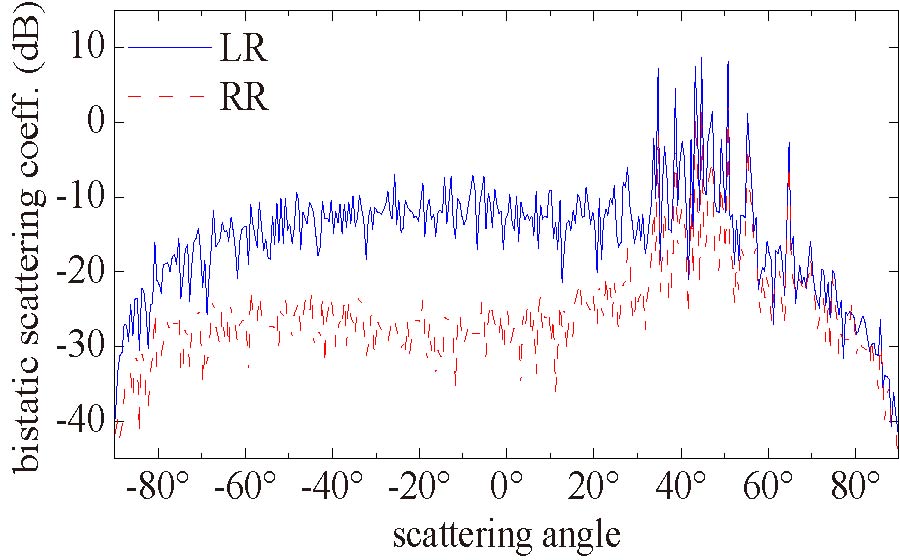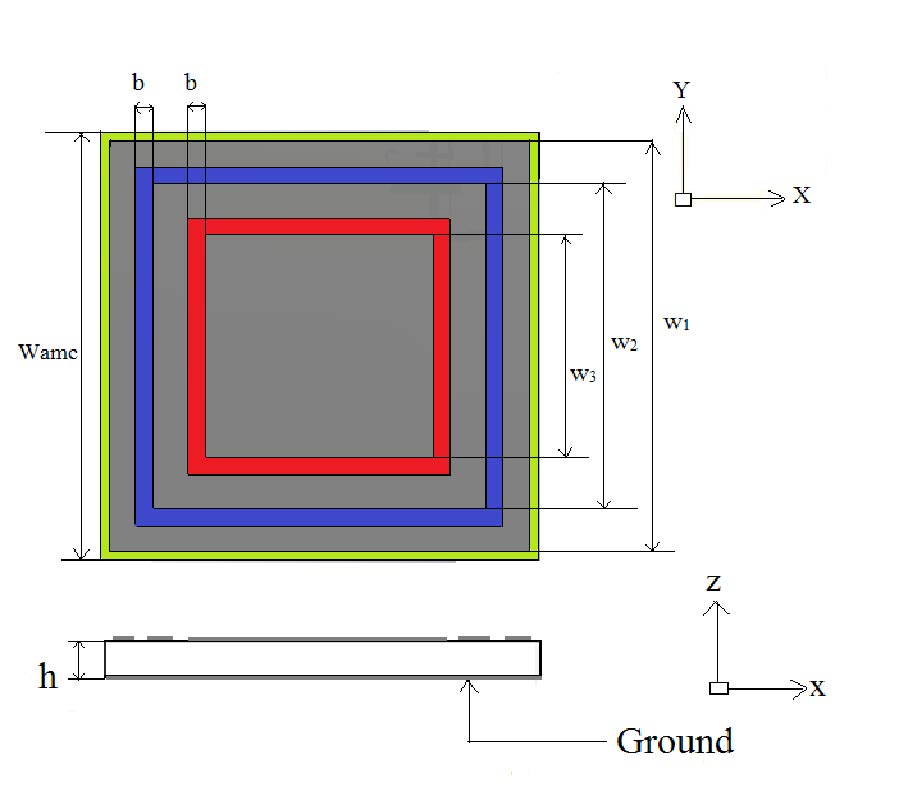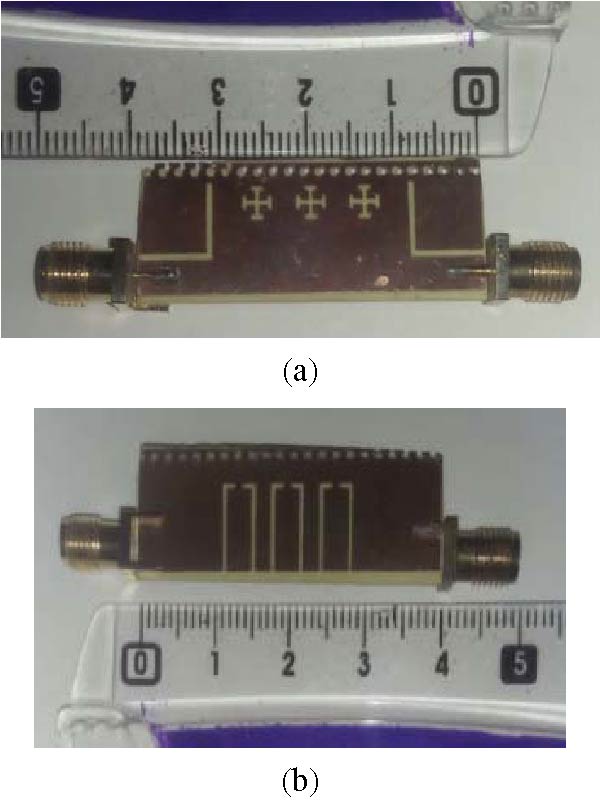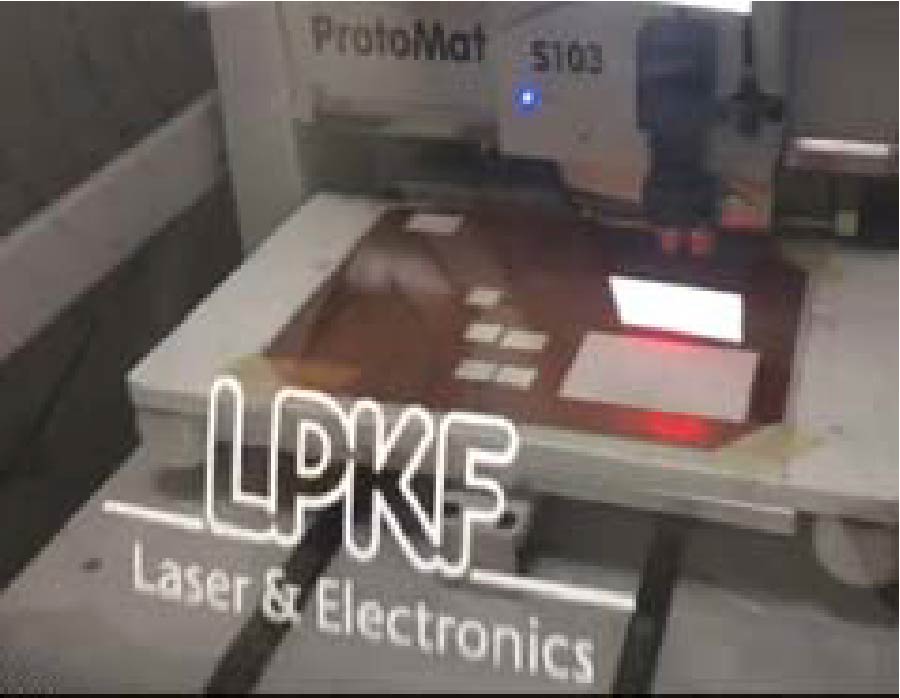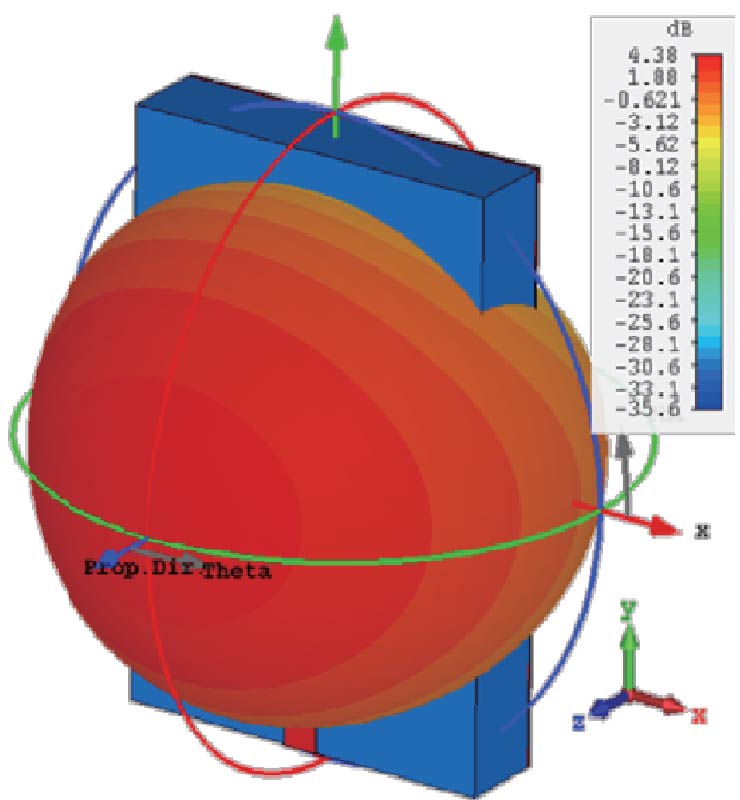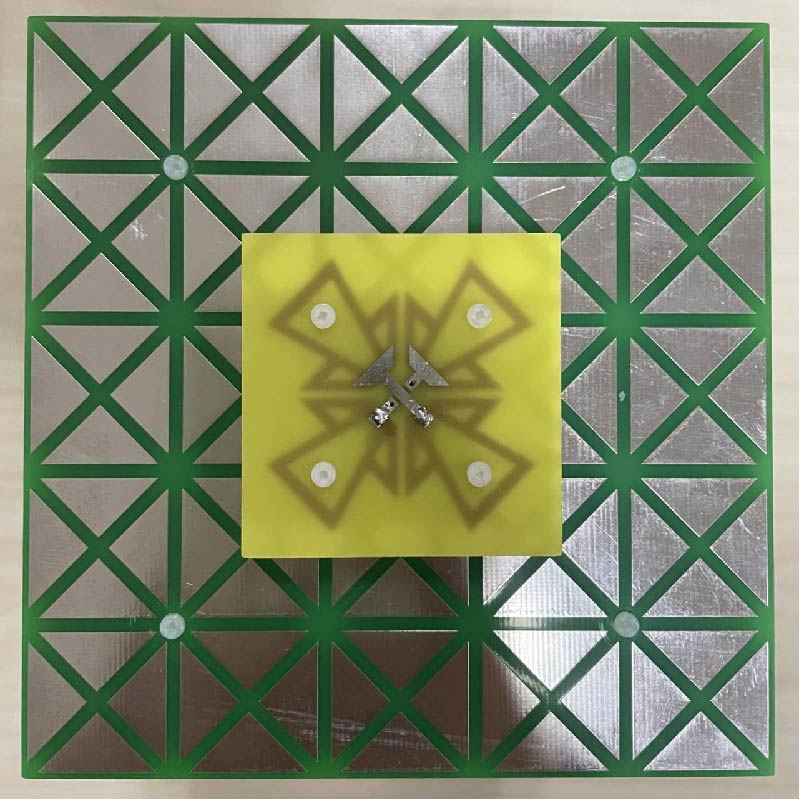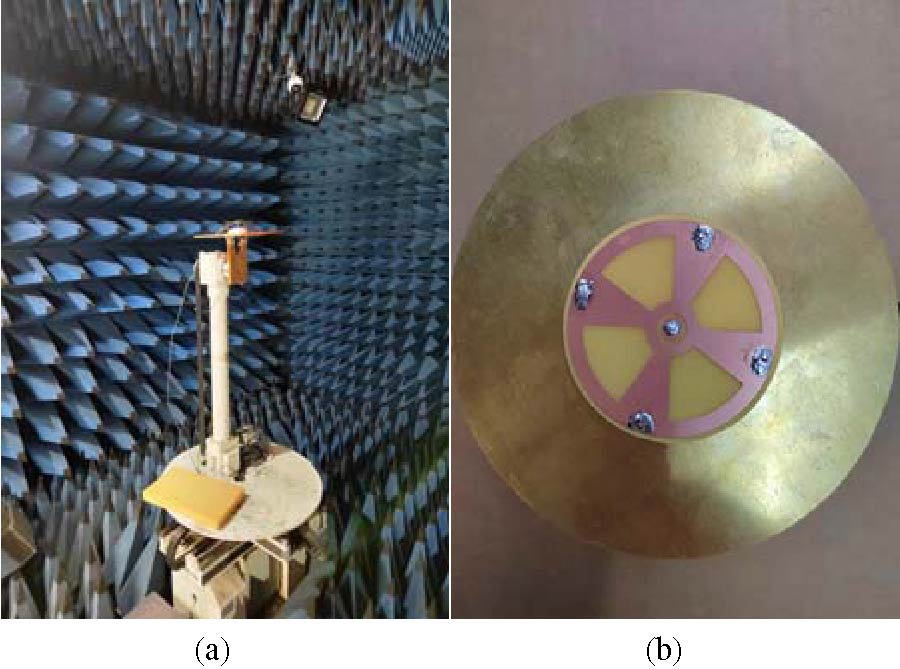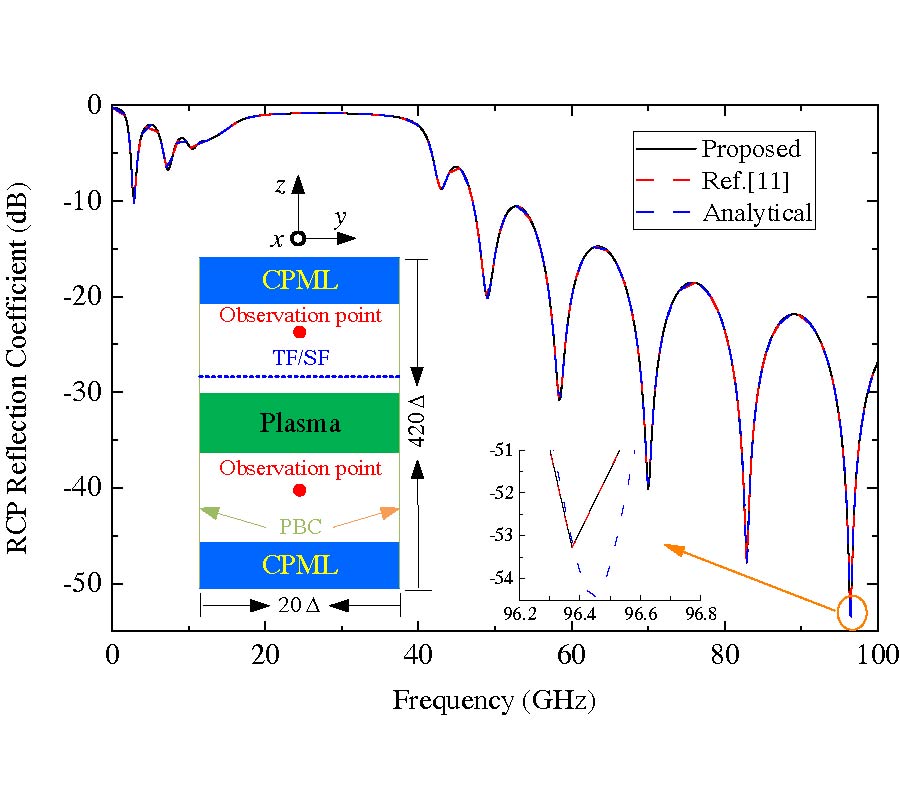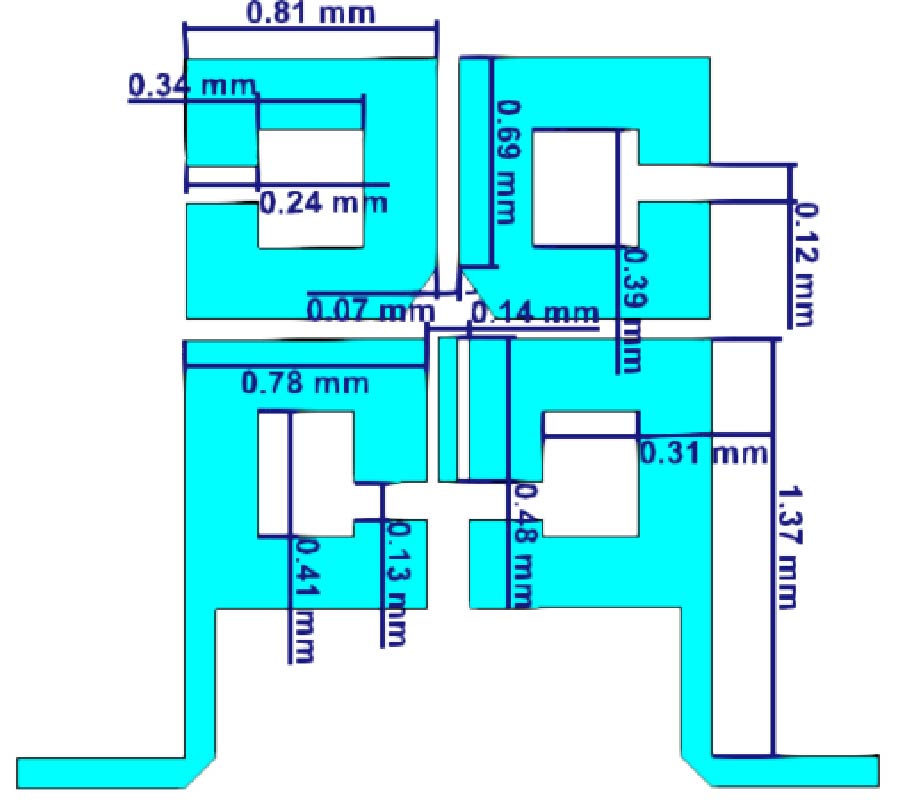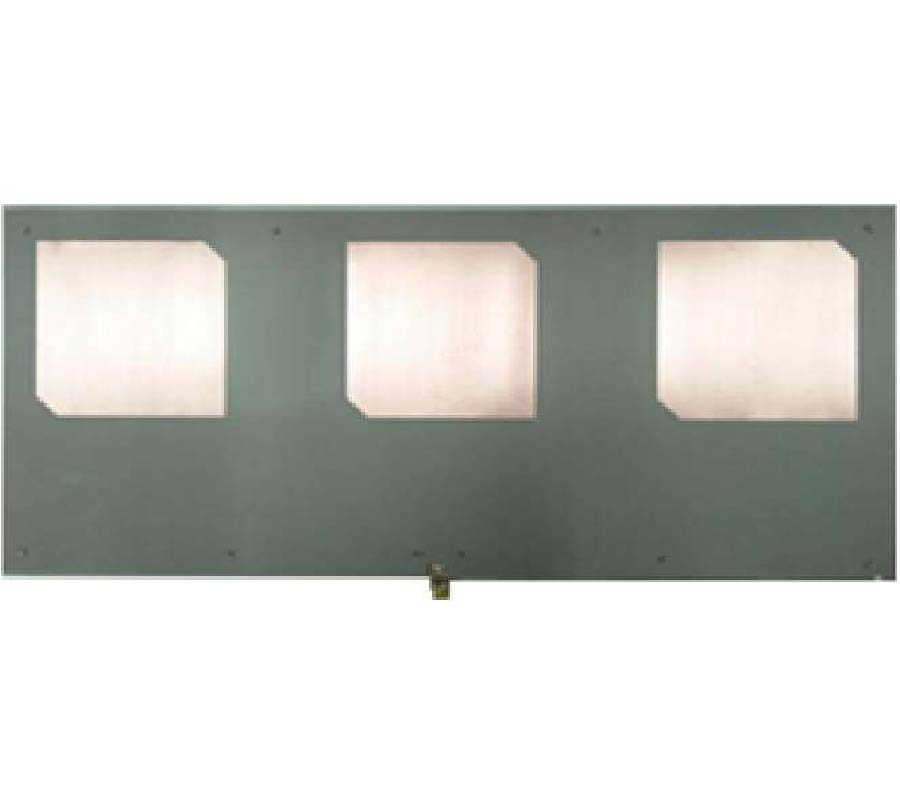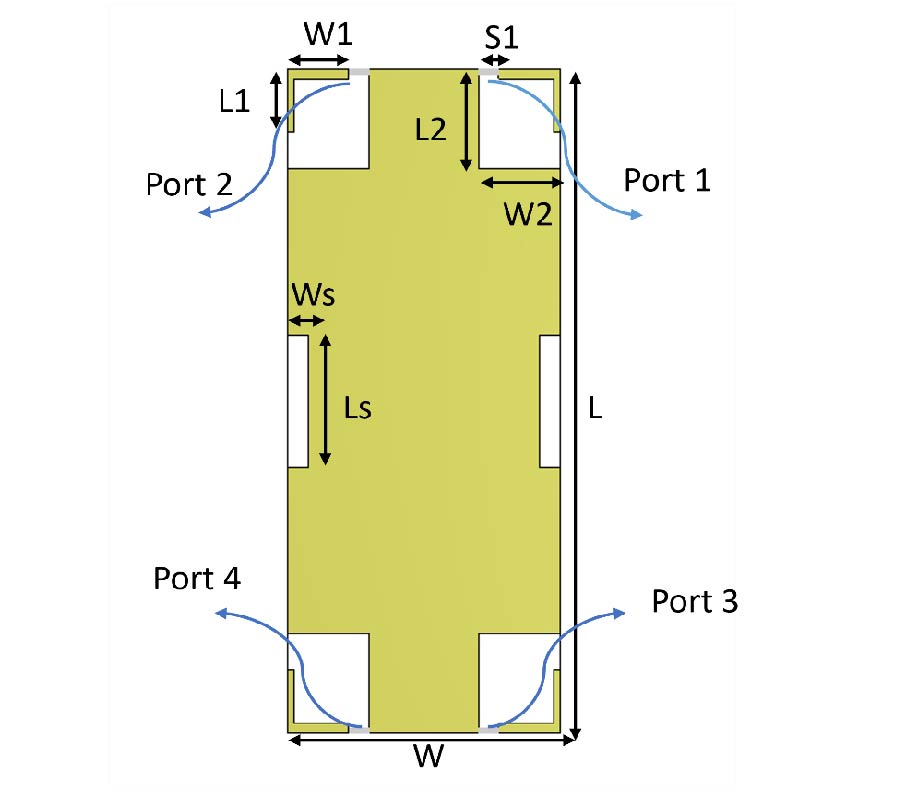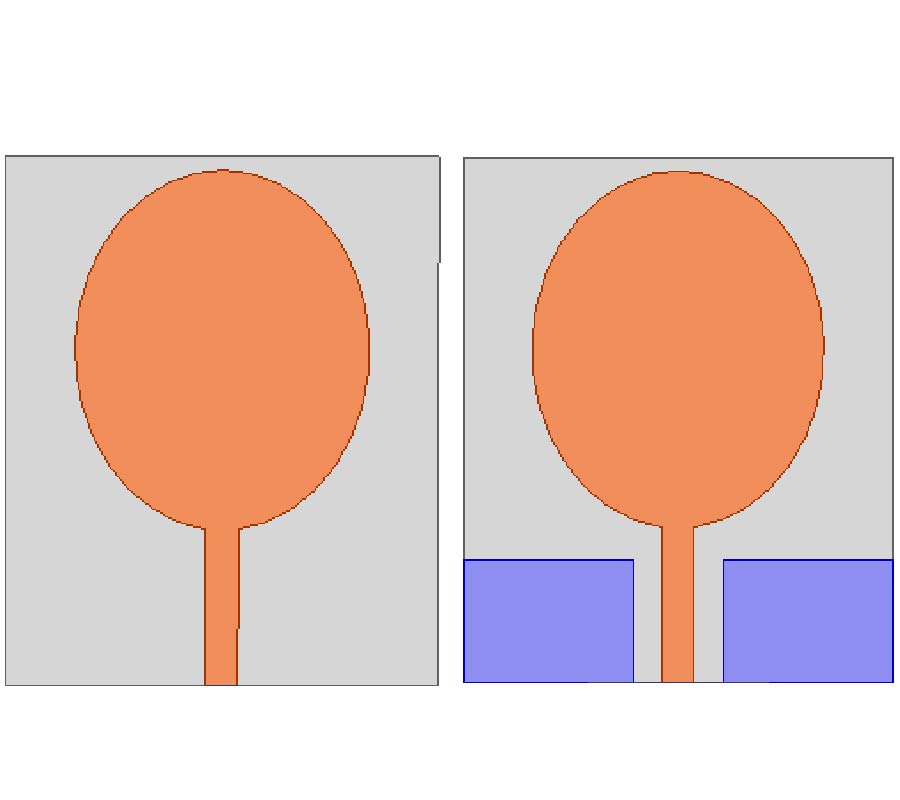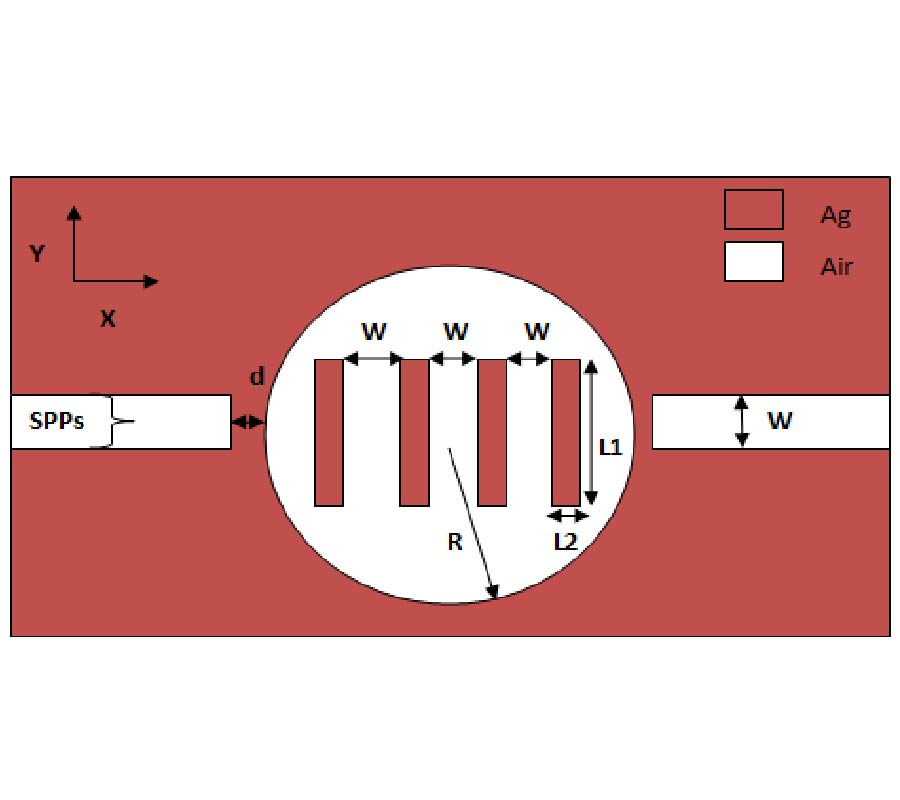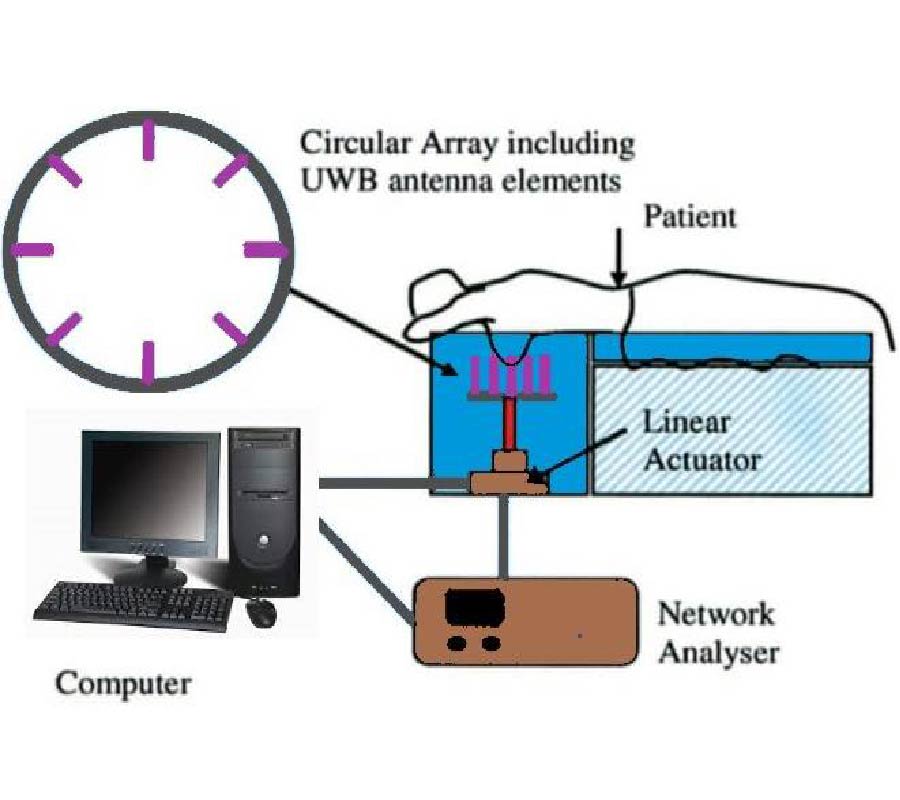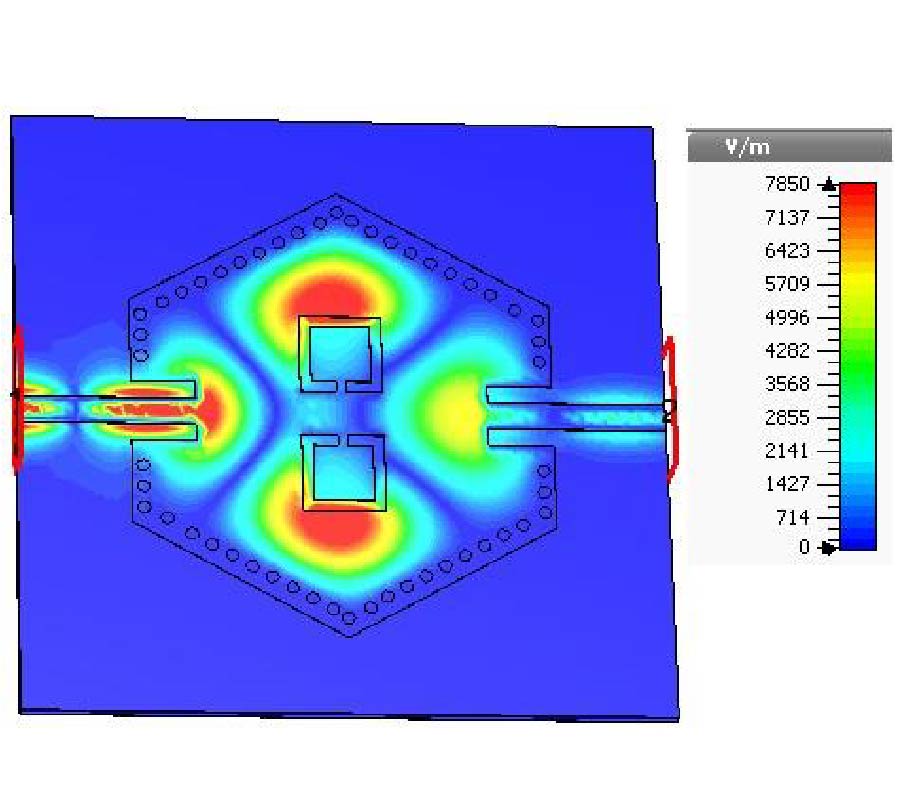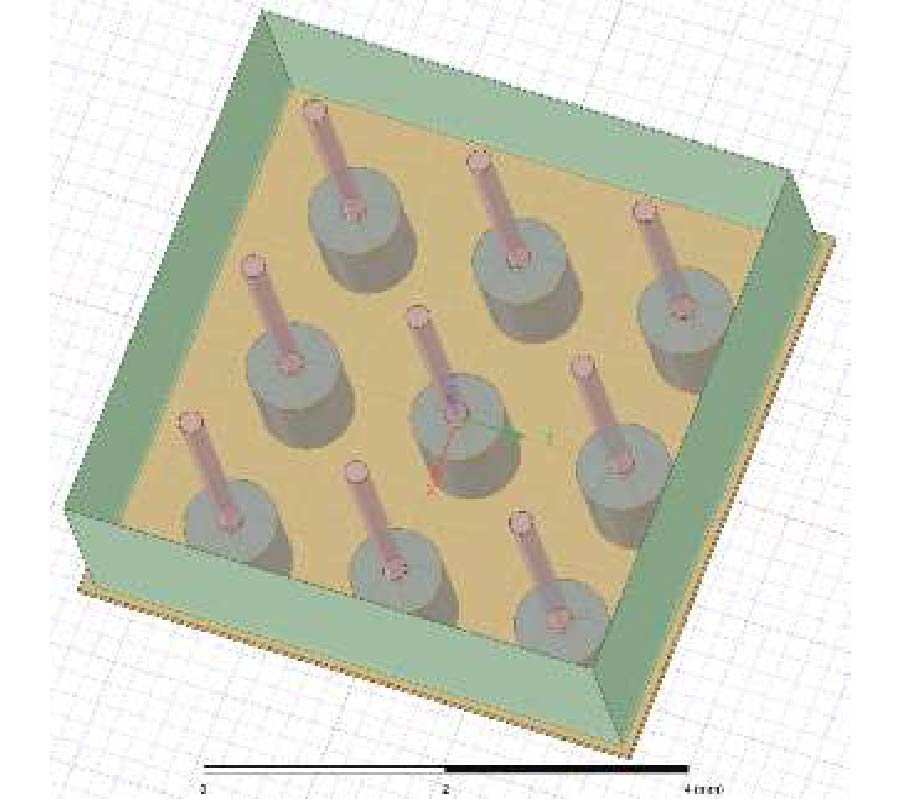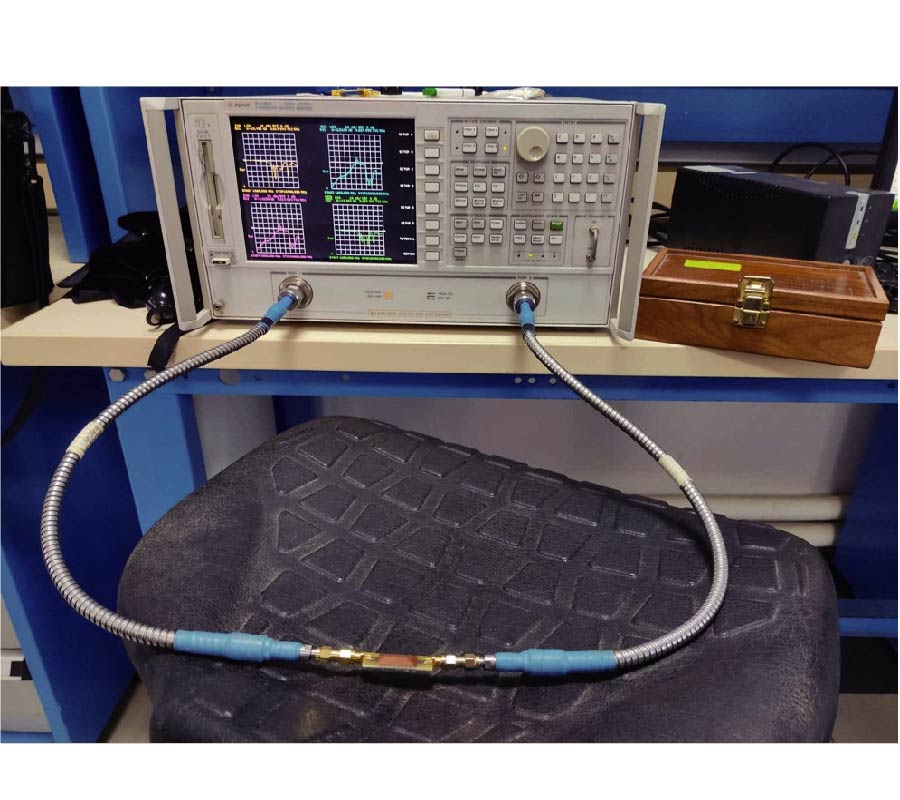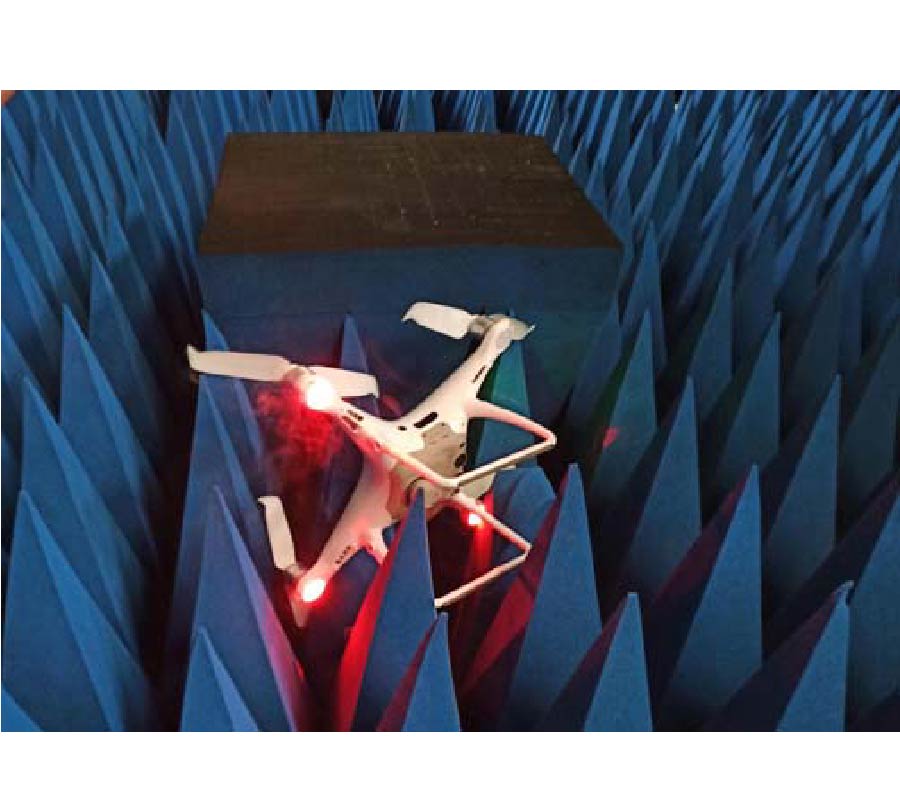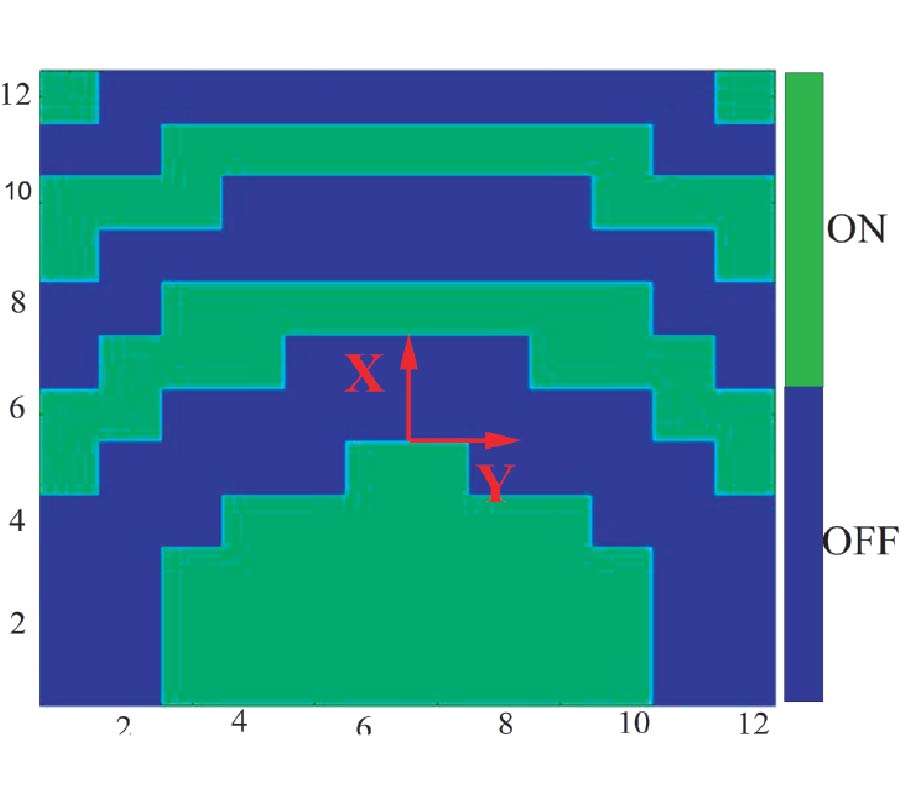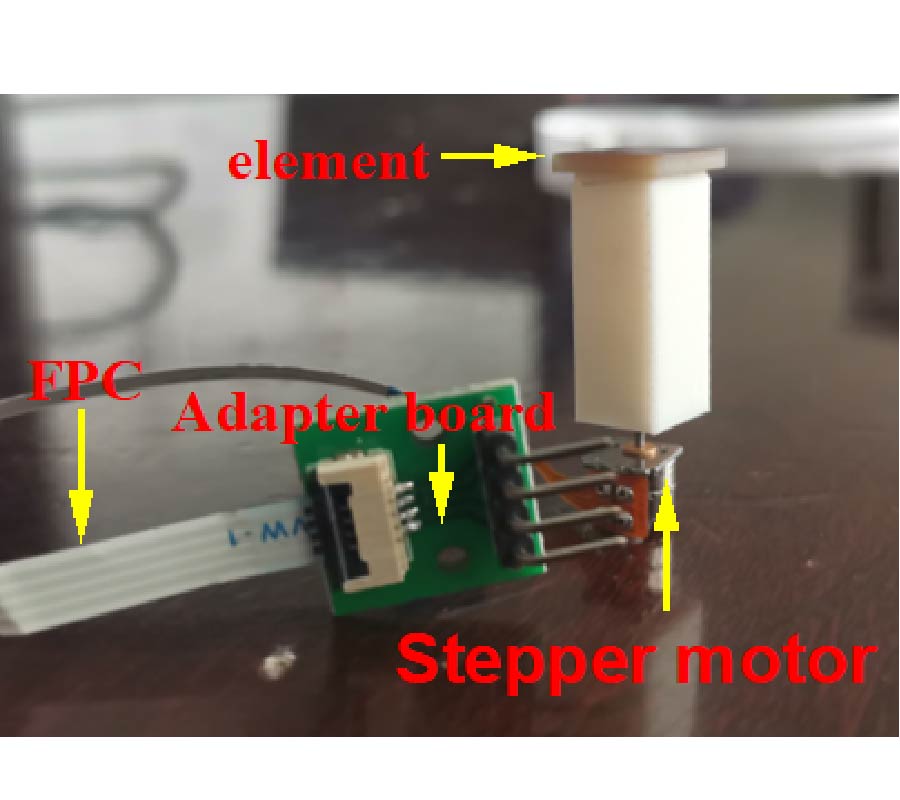Miniaturizing Bandpass Filter Based on Half-Mode SIW for Sub-mm 5G Applications
Nabil Cherif,
Mehadji Abri,
Sarosh Ahmad,
Adnan Ghaffar,
Chahira Khial,
Fellah Benzerga,
Mohammed El Amine Chaib,
Hadjira Abri Badaoui and
Bouabdallah Roumeiça
A miniaturized half-mode substrate-integrated-waveguide (HMSIW) based bandpass filter with defected ground surface (DGS) for sub-5G applications is presented in this research. The novelty in this article is the proposal of an original configuration of an SIW Filter composed of a mix of DGS cells; each couple of C shapes is etched exactly beneath of two cross shapes, which give us long rejection. We have used six periodic cross-shaped slots as DGS in top of the cavity plane for disturbing the current and creating stopband rejection, and we have also used three couples of C-shaped DGS cells in the bottom plane to improve the performances of the proposed filter. This novel bandpass filter is developed on a 1.54 mm-thick FR-4 (with relative permittivity of 4.3 and the tangent loss of 0.025) operating in the band ranging from 3.4 GHz to 3.8 GHz with a bandwidth of 400 MHz and having the size of 13.5 × 38.6 mm2. The proposed HMSIW-based filter is simulated, fabricated, and measured. The measurement results are in decent agreement with the simulation results.
